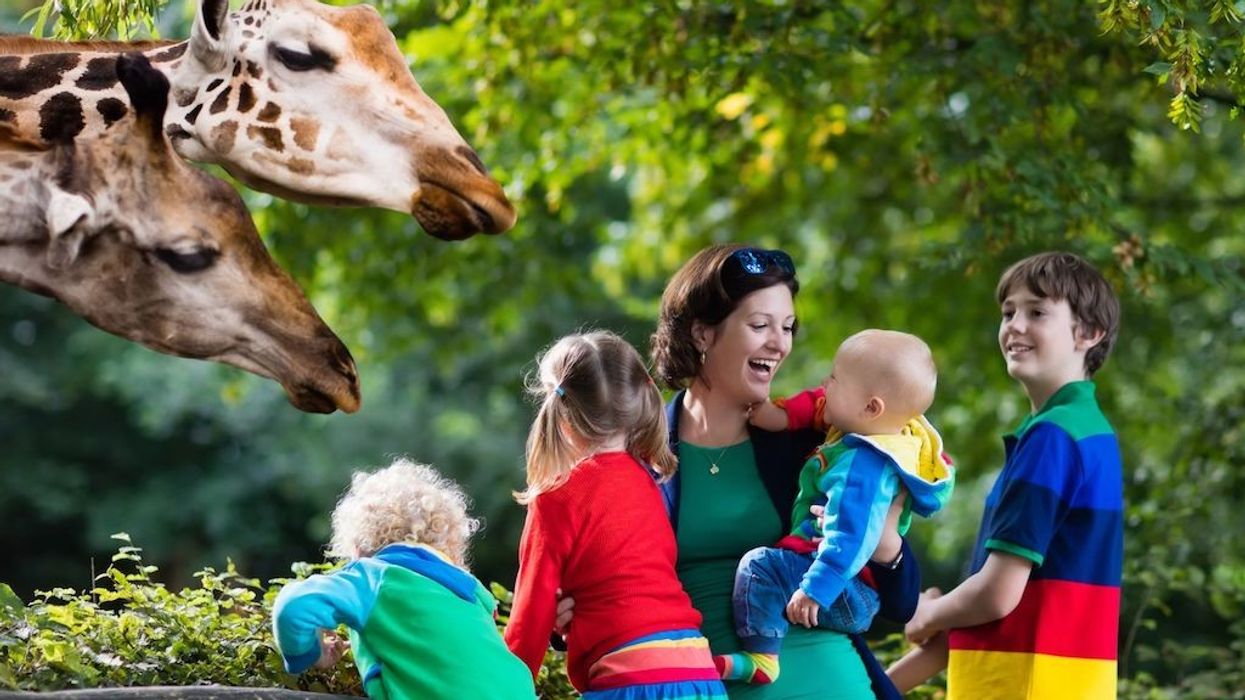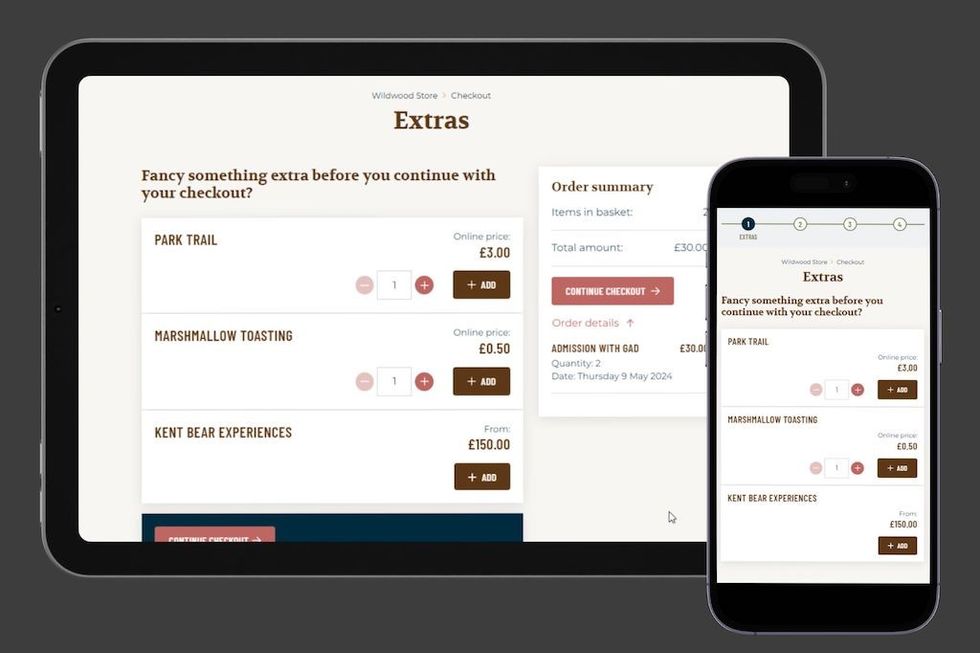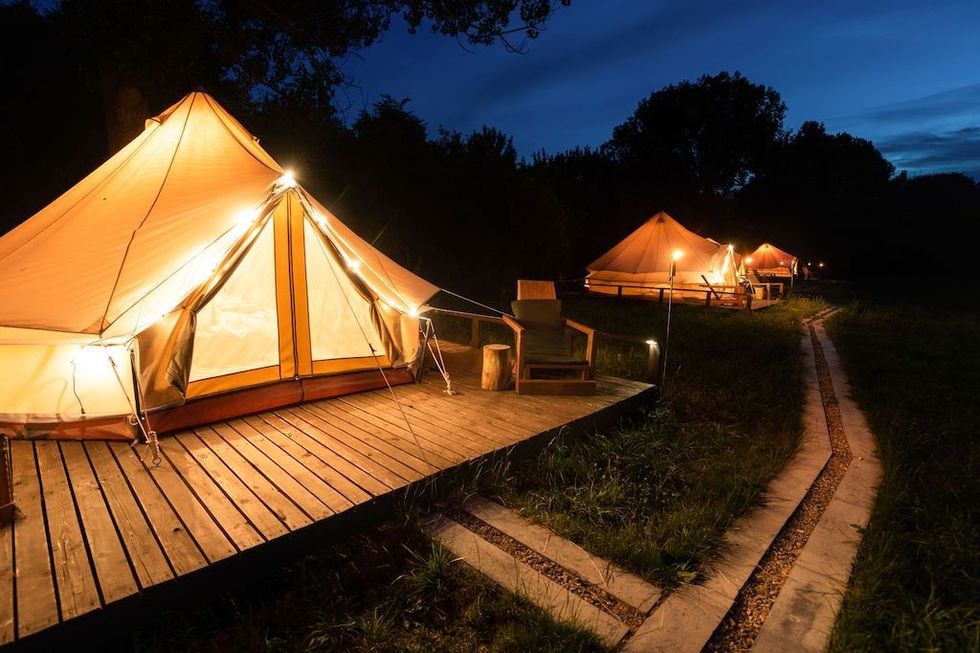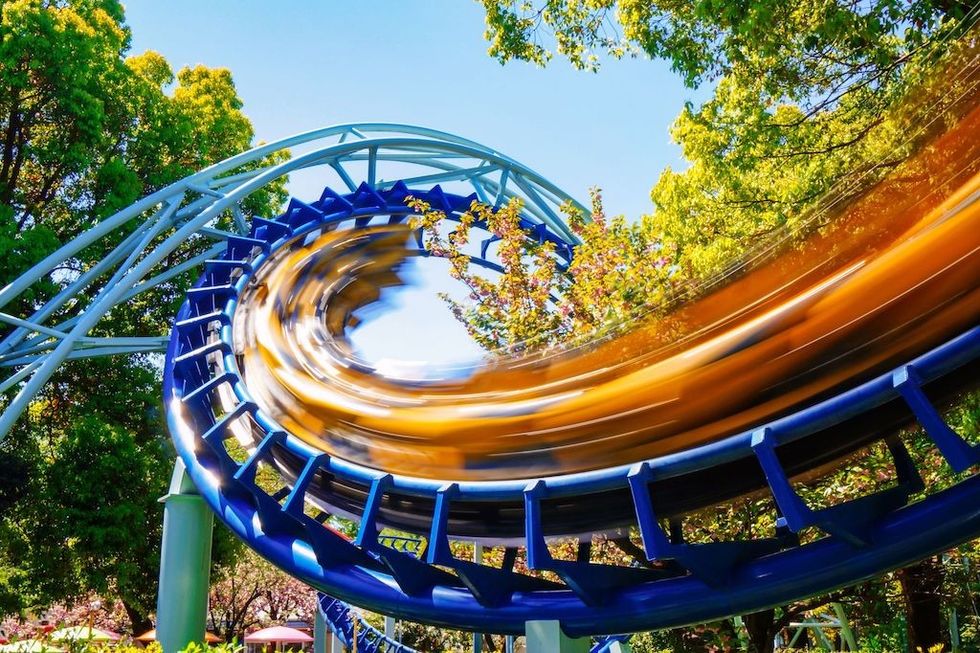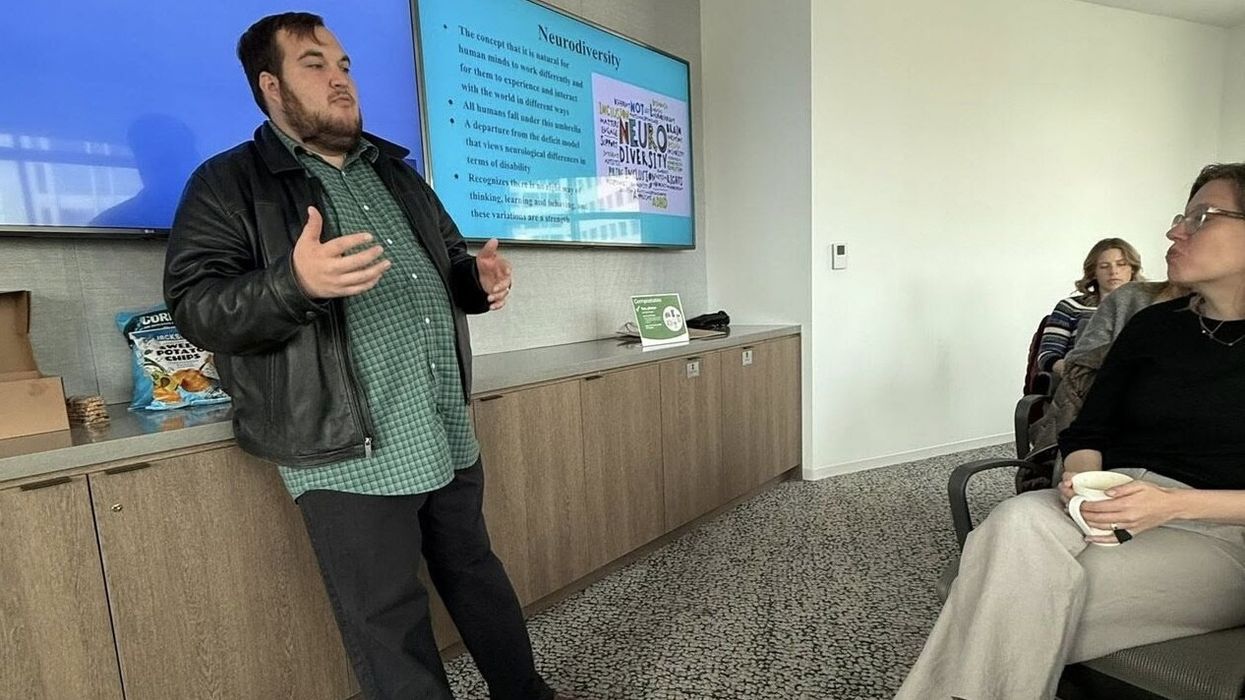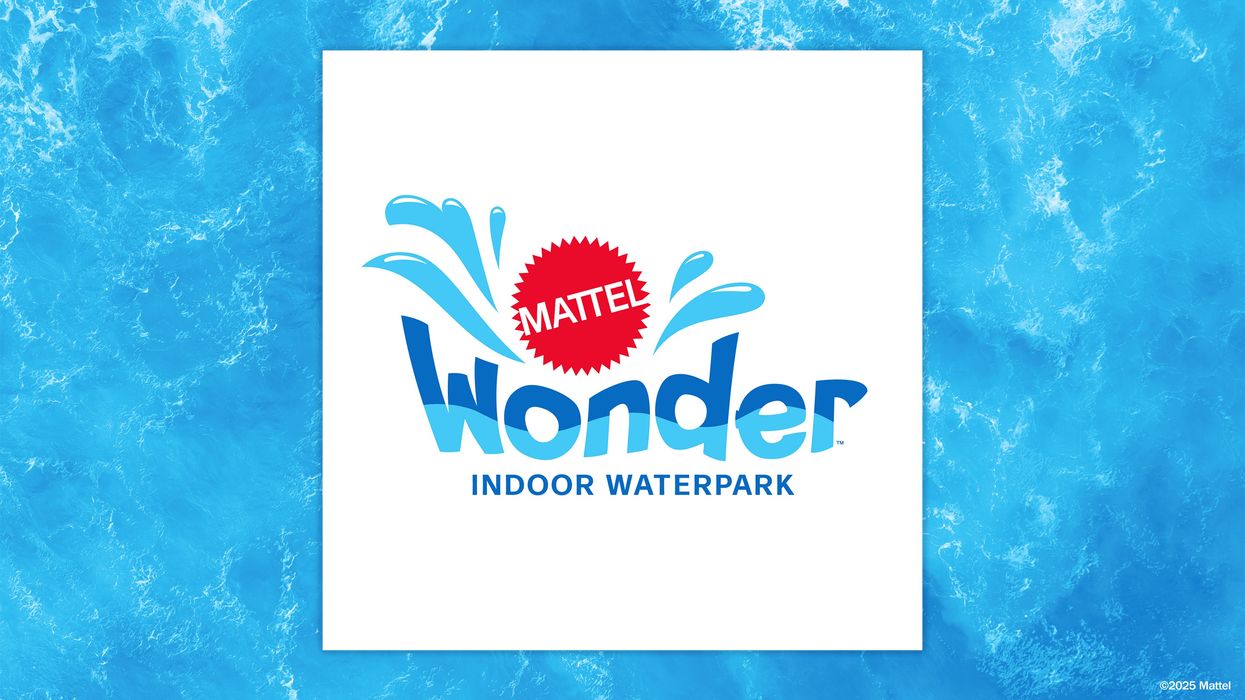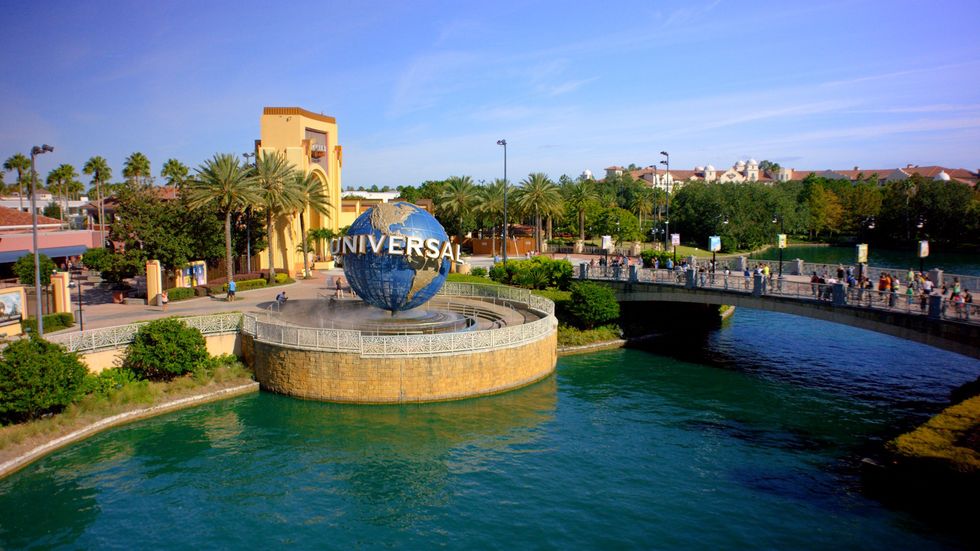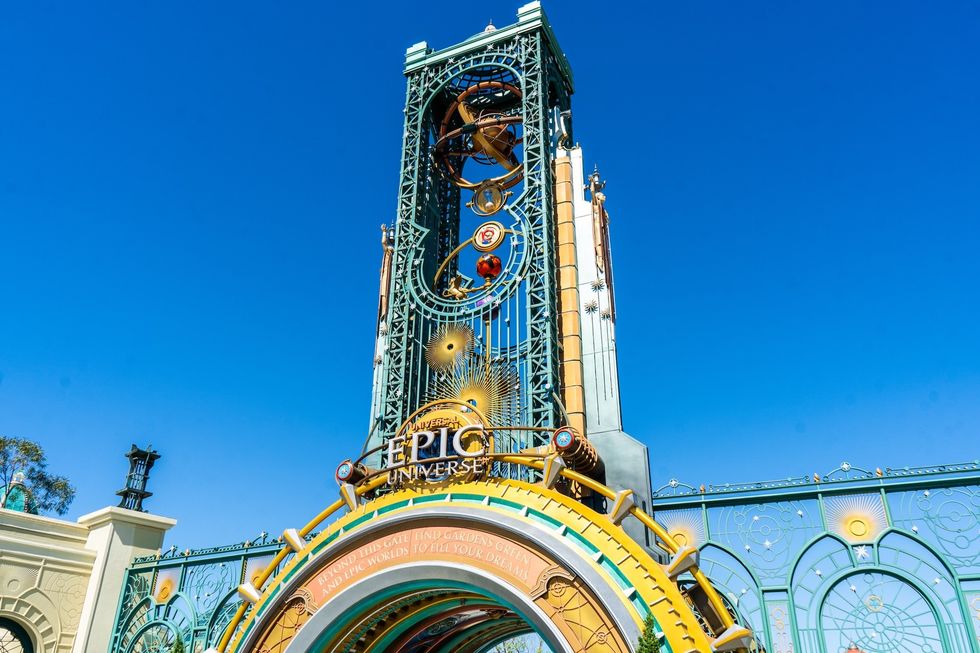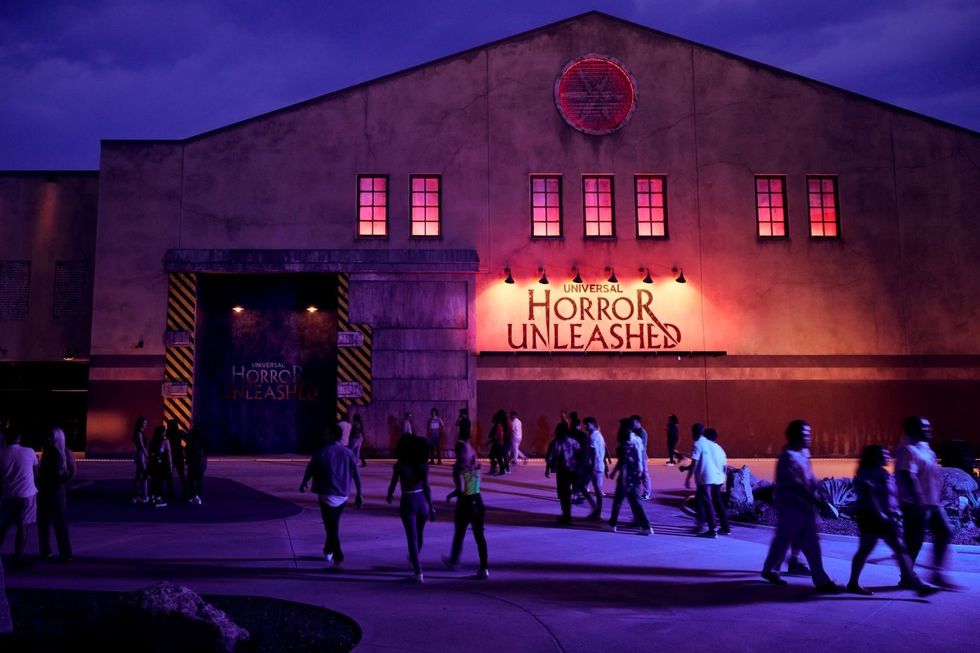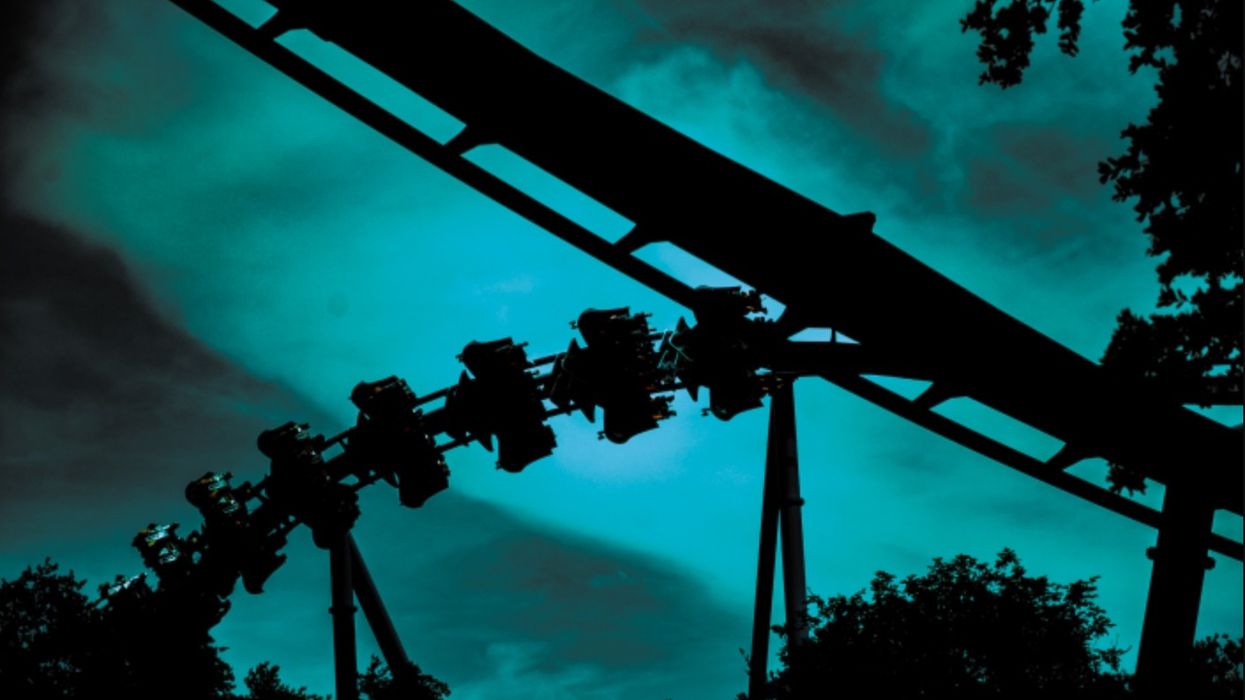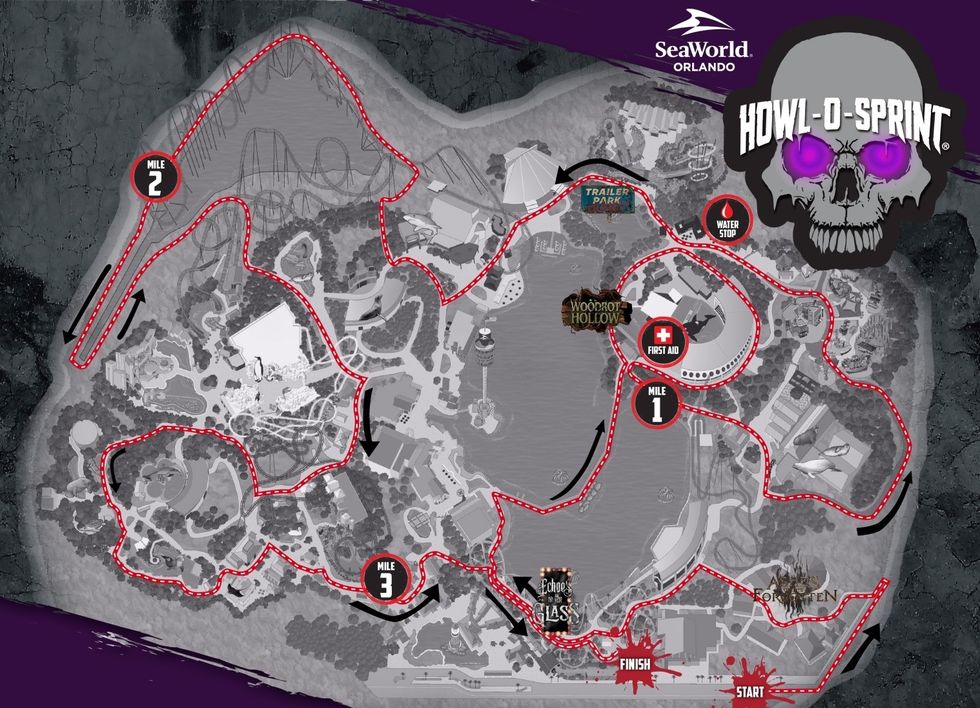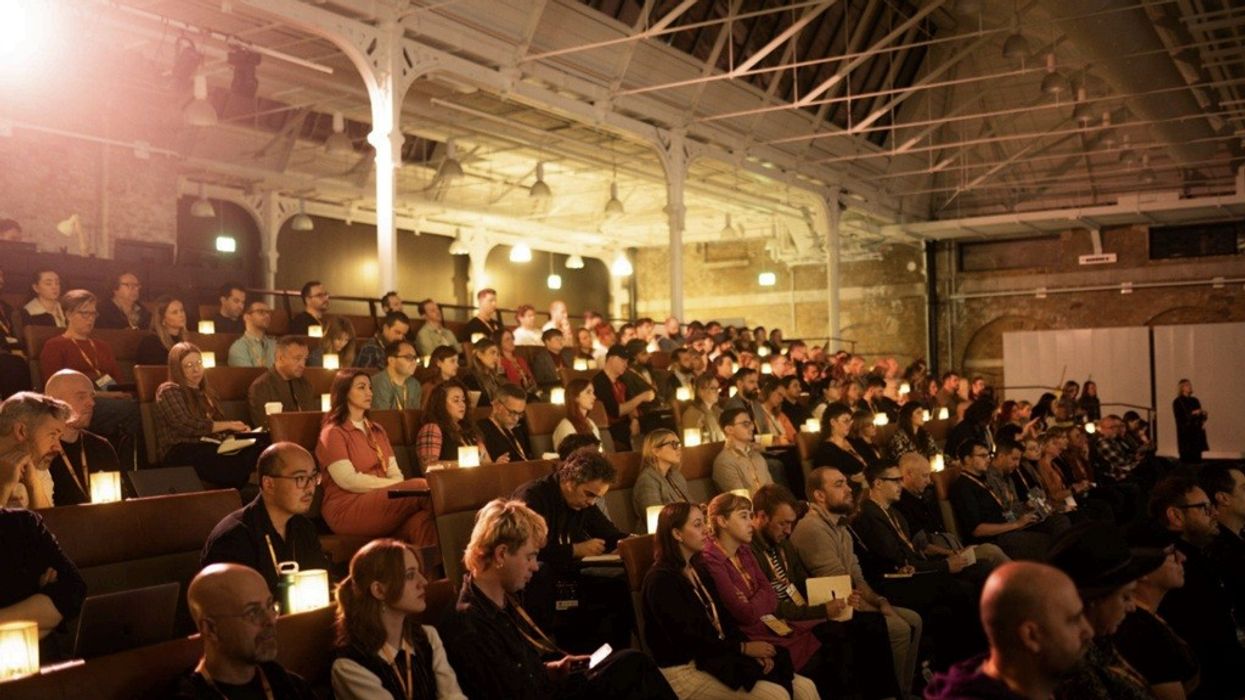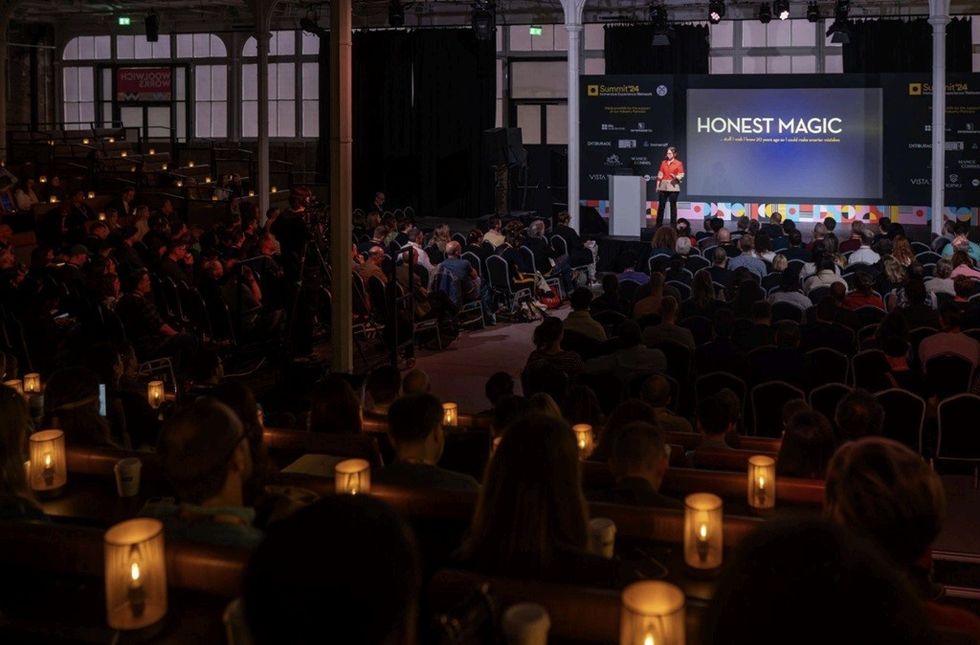Semantic, a company that designs and optimises websites for visitor attractions worldwide,has shared some insights into how attractions can optimise pricing, increase average order values, and generate more revenue from their guests online. As we head into the 2024 summer season, and many are still feeling the pinch of the cost-of-living crisis, operators face a constant challenge to keep revenue and profits growing despite rising costs.
Understanding the psychology of pricing and upselling
Fundamentally, customers decide whether to purchase a product or service or not based on perceived value. This is linked to their prior experiences and how much they had to pay for those. For example, for an ‘open-air movie screening event’, a customer might compare the price for that with how much they typically pay for a cinema ticket. If an event is more special, then operators need to showcase compelling content, reasons and proof to justify the extra money.
Upsells give attractions a way to start the core ticket price at a lower level but then bolt-on extras.
It's important to understand the psychology; customers have both emotional and rational triggers.Emotional factors may include perceived luxury, fear of missing out, or an enhanced experience.Meanwhile, rational triggers have to do with compared value for money, products that save time and money, or delivery of a specific service.
Semantic explains that there are pricing techniques to consider, too. This includes anchoring; customers tend to compare all subsequent prices to the first price or number they saw, so operators need to be careful when deciding what headline prices to use. There is also decoy pricing. Here, a higher-value third pricing option is introduced so that the two lower-priced options look like better value.
Attractions should also consider the pricing ladder technique, where they offer products that appeal to different budgets, with compelling features or upgrades always only costing ‘slightly more’.
Identifying upsell opportunities
Upsells can be applied throughout the visitor journey, i.e. pre-visit, during the visit, and after the visit. As a firm that creates and optimises websites, Semantic says the pre-visit stage is key and sets out three top areas to focus on. the pre-visit flow is most important.
1. Optimise your sitewide call-to-actions and lead prices shown
Test running with the lowest price or a price more representative of a typical visit, and then highlight relevant upsells in the overall site navigation and call-to-actions. Rather than a single button for tickets, operators could consider an expander or dropdown to showcase more of the attractions’ products. They should also use relevant packages and upsells on ad campaign/SEO landing pages to boost conversion rates and make the pages more relevant.
2. Effective ticket page layouts
Semantic advises adding VIP experiences or high-value tickets. Even if they only appeal to a minority, the decoy effect will make the normal prices look better value. There should be three pricing levels.
3. Value-add offers
A good way to increase footfall and secondary spend is an upsell to a return ticket. An example of this tactic can now be seen on the Thorpe Park website. The guest feels like they’re getting a bargain with two visits for a minimal extra spend, plus the attraction benefits from additional secondary spend. Attractions can also look to adjust pricing for memberships to align the membership cost with the demand at your attraction. An off-peak, standard or premium model is great for generating more membership income as well as filling more off-peak days.
Five golden rules of upselling
Additionally, Semantic has shared some best practices for implementing upsells:
- Tie upsells to each type of product so they are relevant
- Keep the pricing jumps realistic and in line with typical customer budgets (a 2:3:5 ratio is generally a good rule of thumb for pricing levels)
- Broaden out the number of ticket types offered to target different types of customers and fill off-peak periods
- Insert upsells at logical points of the purchase journey without confusing customers
- Consider having an ‘impulse’ no-brainer upsell available at the gate for people to get as they arrive—a £3pp Kids Trail with a small prize is an easy way to generate additional revenue for minimal extra operational work.
Conversely, there are things to avoid:
- Avoid upselling someone to something totally unrelated
- Avoid having jumps that are too big between upsell levels
- Avoid distracting or annoying customers with too many upsells
- Make sure any decoy or price changes aren’t hidden or confusing
- Avoid auto-opting people into upsells, as that’s a surefire way to annoy them.
“2024 has started as a challenging year for many attractions already," says Neil Lewin, owner of Semantic."With mixed weather over Easter, many marketers already feel like they’re on the back foot. Analysing your product mix and adding strategic upsells can help increase average order values and drive more revenue from your existing customers.
"You can use these techniques online pre-visit or on the day to help increase revenue and deliver more magical moments for your guests throughout the year.”
Operators can get in touch with Semantic or book a free discovery call to discuss ideas for upsells or other ways they can optimise their attraction's website in the run-up to the summer.
Semantic recently shared its mission to help every attraction grow online with its LOOP platform, designed to level up all kinds of attractions, from museums and galleries to theme parks, zoos, immersive experiences, tours, and more.
Charlotte Coates is blooloop's editor. She is from Brighton, UK and previously worked as a librarian. She has a strong interest in arts, culture and information and graduated from the University of Sussex with a degree in English Literature. Charlotte can usually be found either with her head in a book or planning her next travel adventure.
